Let’s start right away with a fun fact.
Paisley is actually the name of a town in Scotland. And the answer for why this Indian pattern ended up getting named after Scotland is fascinating. It began with kashmiri shawls.

As England colonizes India, these shawls became a trend among European women
To the point where the English decide that they would like to knock off these shawls themselves. They start mass producing them in factory towns… like Paisley. And thanks to technologies like the jacquard loom, the shawl designs are able to get more and more elaborate.
But the shawl goes out of style. In part because now they were just everywhere and not special anymore. And also they looked weird when paired with another new trend: the bustle. So shawls are turned into tablecloths and piano covers… sometimes even clothes. But more often than not, they came into the realm of interior design.

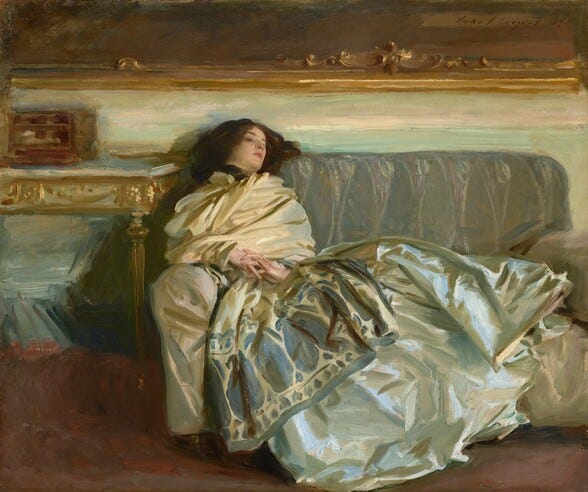
And so. Because interiors don’t change as often as clothes do, shawls need to find a new market. America. A wave of Bengali shawl peddlers pop up all along the East Coast, from Atlantic City to New Orleans.
And the trend for paisley gets re-discovered by the 1960s. Which Mehr Singh wrote about beautifully in her piece for The Juggernaut. We interviewed her about it in this story.
There’s a lot more at play here with all of this, but you’ll have to listen to the podcast I’m not going to tell you everything.
And thanks to the popularity of the youth movement of the 60s and the widespread popularity of hippie aesthetics, the paisley print finds its way…. back to India. Thanks to this company Bombay Dyeing, which prints psychedelic paisley saris.
And of course, the paisley still lives on in boho festival attire.
As well as in brands like Bode (available at Standard and Strange), AF Agger, Kith, Profound, and Rowing Blazers
This episode was made in collaboration with Himanshu Suri aka Heems. It was such an honor. I’ve followed his work forever and I can’t believe we got to work together. Keep up with what Heems is up to! His album drops August 25th!
Thanks also to Zain Alam and his writing project Humeysha for letting me feature some of his music. If you’re in New York, he’s got some gigs coming up:
And may I brag? I’m so excited that the preppy series of AOI was featured in The New Republic. TNR always has the best criticism, and I’m so honored that they took a podcast as seriously as a book or a movie.
Avery





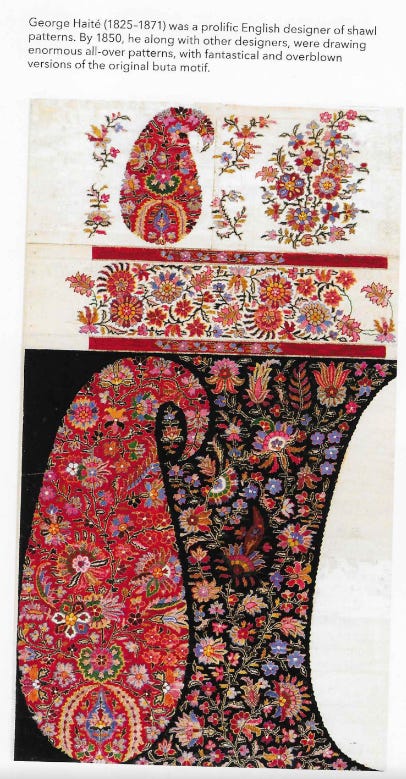
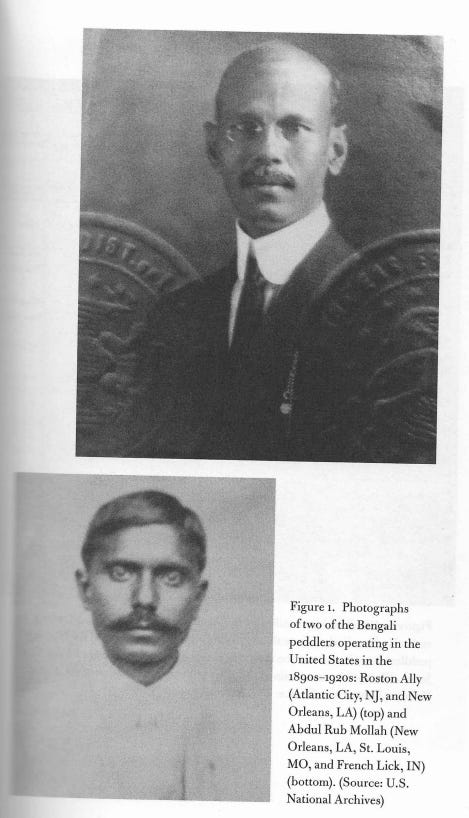
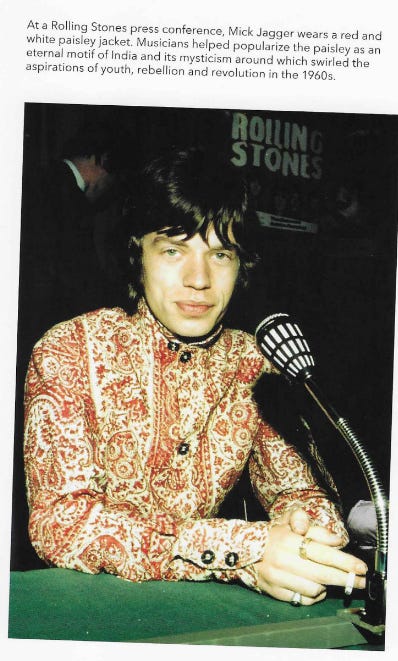



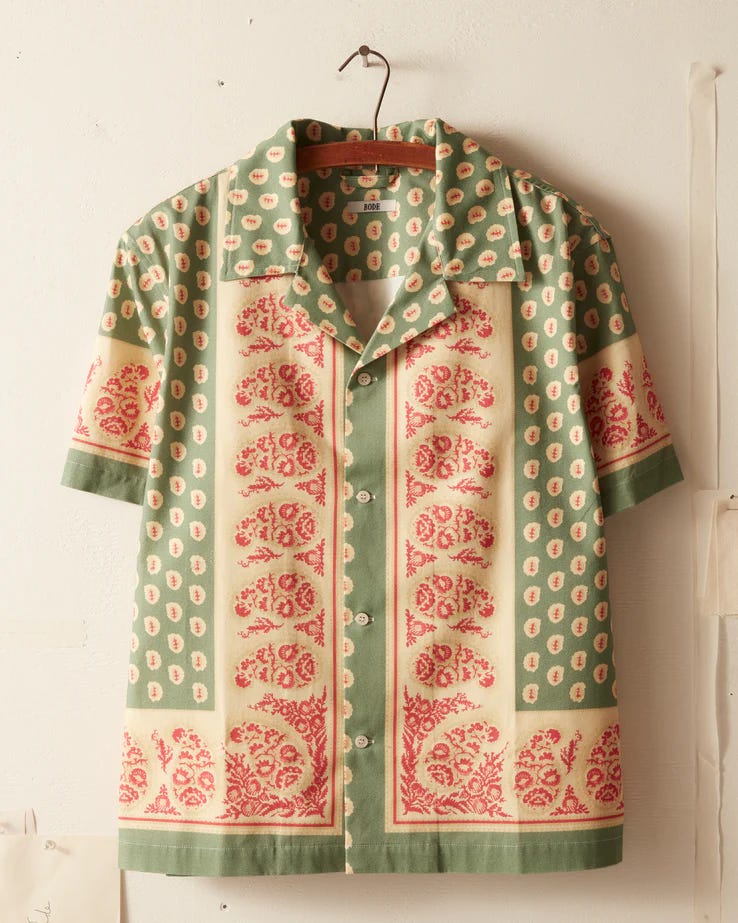

In or around 1800 with the rise of Napolean and the new obsession with all things Rome, women started wearing the thin, white, cotton gowns that we associate with this period. These dresses were much cheaper (although not inexpensive) than the dresses of even 5 years earlier and also much plainer, and with a lot less layers. I wonder, between the thin plain dresses and the rise in popularity of beautiful intricate shawls which is the chicken or the egg. Did women start wearing shawls because they were cold in their "classical" dress? Of course the move toward a "more simplistic" style of dress also has its roots in the Enlightenment.
I gave a talk last week on Fashion in the French Revolution for our local chapter of Nerd Nite and the first thing I said was that if someone studies the history of who wore what when you would end up studying the actual history of the world much more in depth then if you study battles and leaders and the like.
Every time I listen to an episode of this podcast, I feel like that meme of the guy in front of the corkboard with all the pins and red strings, shouting about how everything is connected.
Growing up in the American west, I think of paisley on western shirts and bandannas. I’m curious how paisley went from shawls to western shirts. Were they part a part of the cowboy culture before the hippy culture or the other way around?